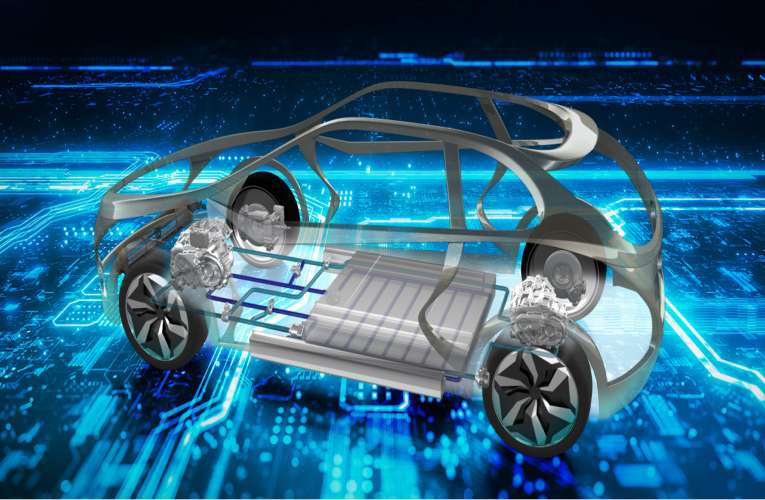
China will dominate BEV sales with over 50% global share until 2027. Its share will decline gradually but will still surpass the combined sales of North America and Europe in 2030.
Global researchers from Counterpoint has now predicted that Battery electric vehicles (BEVs) are set to hit the 10-million milestone in 2024, marking a significant achievement for the global passenger vehicle market. This milestone will coincide with the resumption of long-term decline for internal combustion engine (ICE) vehicles, whose market share is projected to drop below 50% in four years.
Despite a temporary slowdown in 2024, BEV sales are expected to continue growing as traditional automakers tackle profitability challenges. The growth will be supported by the revamping of production processes and strategic partnerships with battery manufacturers, aimed at lowering manufacturing costs, producing affordable EVs, and bolstering supply chains. China remains a dominant force in the BEV market, with its BEV sales projected to be four times that of North America in 2024. Besides, China will maintain more than 50% share of the global BEV sales until 2027 and is expected to register more BEV sales than North America and Europe combined in 2030. From 2025, Europe and the US will start emerging as major growth drivers.
On the shift to EVs, Research Analyst Abhik Mukherjee said, “By revamping supply chains and preparing to produce affordable EVs priced below $35,000, automakers like Ford, GM, Stellantis and Volkswagen are positioning themselves to compete with market leaders. This strategic overhaul aims not only to meet stricter emission regulations but also to capitalize on evolving subsidies and growing consumer demand, revitalizing the global BEV market starting from the end of 2025.”
BYD’s BEV market share is set to surge in 2024, the year it is expected to overtake Tesla in BEV sales. This shift underscores the dynamic nature of the global EV market. Commenting on the EU’s new tariff rates, Associate Director Liz Lee said, “The EU’s new tariff rates for Chinese EVs aim to level the playing field for European EV manufacturers, which are struggling to compete with lower-priced Chinese imports. These tariffs might push Chinese automakers towards emerging markets like the Middle East and Africa, Latin America, Southeast Asia, Australia and New Zealand. The outcome of EU-China talks, especially with Germany’s opposition, will shape future EV market dynamics, with Europe and the US driving growth from 2025 onwards.”
With traditional automakers navigating the shift towards EVs, hybrid vehicles, including plug-in hybrid electric vehicles (PHEVs) and hybrid electric vehicles (HEVs), will continue to dominate the electrified segment in the near term. To meet stringent fleet emission standards, automakers are promoting PHEVs and HEVs until they achieve cost-effective BEV manufacturing processes and secure robust control over the supply chain. This strategy aligns with broader industry efforts to streamline the transition to electric mobility, which necessitates significant investments in charging infrastructure and grid restructuring.

